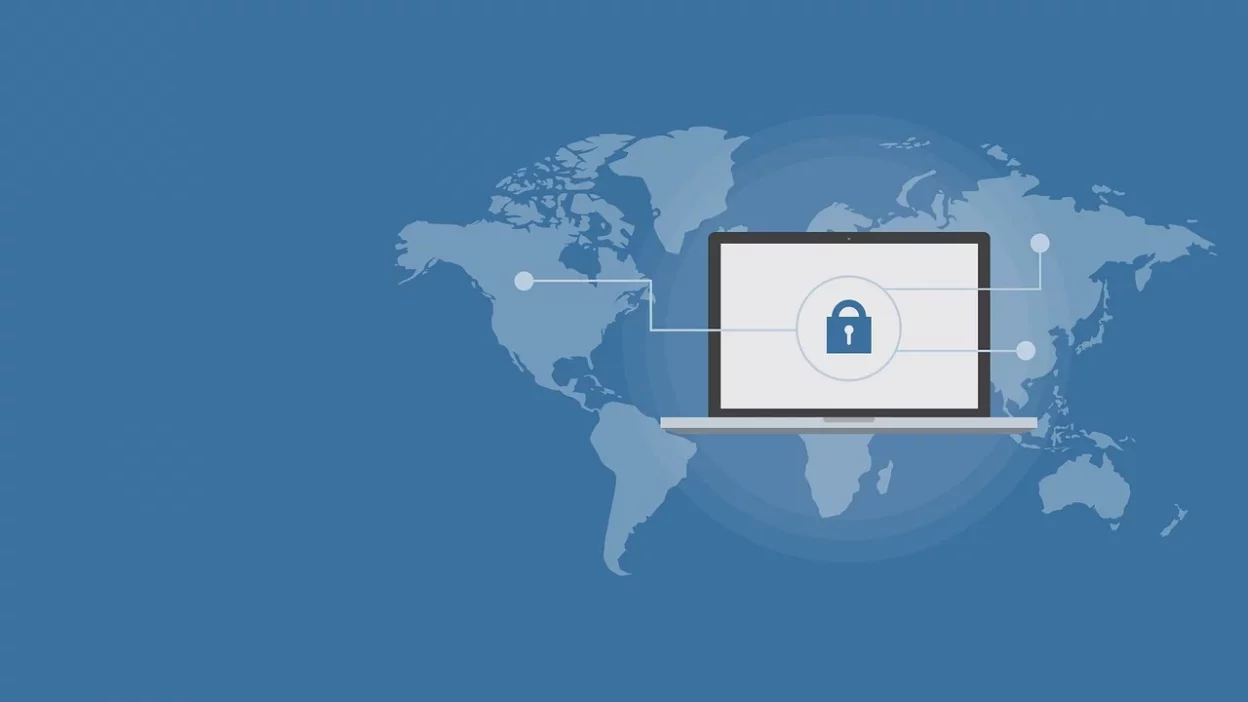Introduction: The Foundation of Modern Data Protection
In today’s digital age, data has emerged as the most valuable asset that all organisations need to protect—data to the fullest extent. Cyber threats and regulatory needs are constantly evolving, so businesses are constantly on the need to develop rock-solid governance frameworks to protect sensitive information. To have an effective data security governance, you need the three pillars for support: people, process, and technology. The resultant of all these inter-connected elements make up the core of an entire strategy that can improve trust, reduce vulnerabilities and enhance overall operational efficiency.
Data Security Governance
The framework, policies and procedures that govern protecting an organization’s data assets are referred to as data security governance. It includes data classification, risk management, compliance with regulations, monitoring of security measures to reduce the risk, and prevention of breaches. A well-structured data security governance framework is an effective way for an organization to manage and protect the data in their organization throughout the process.
The First Pillar: People as Security Guardians
Any data security governance framework will only be successful if the greatest strength and the greatest weakness is the human element. It is not enough for an organization to have a culture of security awareness. The culture needs to foster security awareness for each employee who understands his or her contribution to protecting sensitive information. For instance, it demands extensive training programs clear information about security policies, and executive leadership that is keen on data protection. The more security is embraced as a responsibility of the whole organization, the more effective the governance measures become.
The Second Pillar: Process-Driven Security Measures
Data security governance is built on well-defined processes that make up the operational backbone. Out of these, it includes strictly controlling access, doing security audits at regular intervals undergoing risk assessment on every basis, and making an incident response protocol. Organisations require documentation of procedures for data classification, handling, storage, and disposal. Moreover, the compliance workflows should be in conformity with regulatory standards like GDPR HIPAA, or CCPA to avoid legal consequences and build trust among stakeholders.
The Third Pillar: Technology as Security Enabler
Data security governance principles are enforced on people and processes rather than on technology, which provides the foundational tools like tools. Encryption solutions, identity and access management systems, data loss prevention tools, security information, and event management (SIEM) platforms are included products. With the development of such advanced technologies as artificial intelligence and machine learning, threat detection technologies are now more capable of identifying and dealing with possible breach occurrences.
Integration: Creating a Cohesive Security Framework
The three pillars when combined, are what gives it true power. People and processes form the definition, technology implements what, and people are those who execute and oversee both. This is because organizations make the common mistake of over-emphasizing one pillar and neglecting others. Training a team with or without the right technology to execute fails just as certainly. There are three pillars to any good data security governance framework, and the most resilient ones incorporate them into the same cohesive strategy.
Continuous Improvement: Adapting to Evolving Threats
Data security landscape changes constantly, with new threats rising all the time. Ongoing assessment and refinement of all the 3 pillars are required for effective governance. It includes continuing to update personnel security training, and processes, and to learn from experience by evaluating new technologies to add to defenses. Organizations that have continuous improvement as part of their core principle in their data security governance framework stand better to deal with new challenges.
Conclusion: Building Resilience Through Balance
In this data security governance context, it is important that the data security governance for organizations are balanced. It is possible for businesses to build resilient security framework to protect valuable information assets by investing equally in people, process and technology. Using this holistic strategy not only avoids risks, but also secures data to turn compliance into a strength creating trust and being a basis for sustainable company growth.

Lexy Summer is a talented writer with a deep passion for the art of language and storytelling. With a background in editing and content creation, Lexy has honed her skills in crafting clear, engaging, and grammatically flawless writing.



